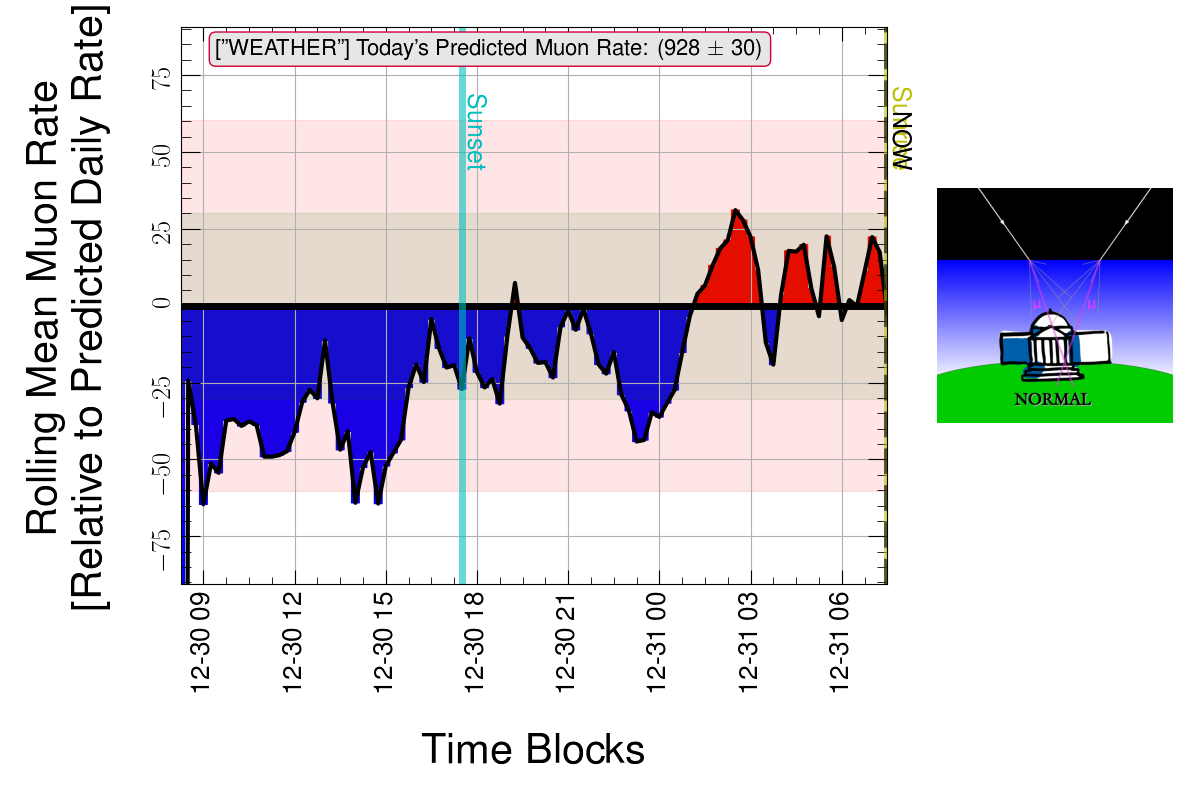It seems that every time WMAP releases a fresh analysis of its latest data, I learn something wholly new about the universe. Last week, WMAP released an analysis of five years of data [1]. The results are particularly interesting to me on one front – the cosmic neutrino background. On many other fronts, we have an even clearer picture of the young universe. From the article referenced above:
Microwave light seen by WMAP from when the universe was only 380,000 years old, shows that, at the time, neutrinos made up 10 percent of the universe, atoms 12 percent, dark matter 63 percent, photons 15 percent and dark energy was negligible. In contrast, estimates from WMAP data show the current universe consists of 4.6 percent percent atoms, 23 percent dark matter, 72 percent dark energy and less than 1 percent neutrinos.
The changes in this universe of ours are stunning. To go from a dark-matter-dominated era to the dark-energy-dominated era of today, from a time when normal matter was a whopping 22% of the universe to a time now when such things are relegated to a small corner of the energy budget, is astounding. What a wondrous place the young universe would have been, with its photon gas newly freed from the soup of hadrons and electrons and the large but gentle potters’ hands of dark matter.
Of specific interest to me is the evidence that the universe is awash in a sea of cold neutrinos, the cosmic neutrino background. Like its photon partner, this sea fills the universe and should carry with it the characteristic imprints of its formation. WMAP’s evidence is indirect, like seeing footprints in soft, wet beach sand but not the person who made them. WMAP has discerned these footprints in new and great detail, and we are led to believe that the neutrino background has made them. What a wonder it would be to detect this background, perhaps even study it in detail as the cosmic microwave background has been studied. This interests me greatly, though it is terribly difficult.
References


